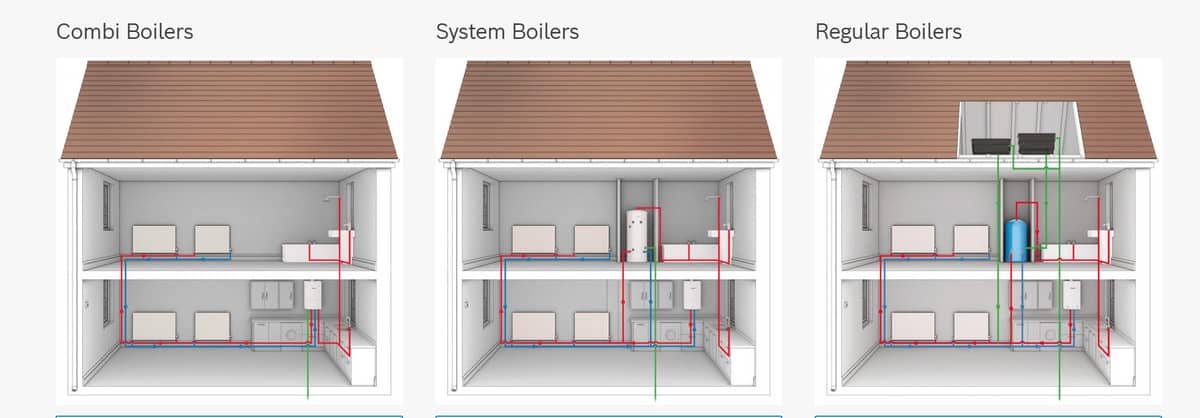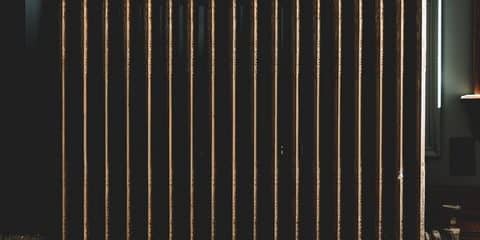As you know, there are different types of central heating systems (combi, system and regular systems) and there are many complexities that could potentially make answering the question ‘how does a central heating system work’ long and multifaceted. Don’t panic! In this blog, our aim is to keep things simple and explain the notion rather than the details! Plus, we are going to appeal to the majority, and considering there are around two million homes in the UK connected to the gas network, we’ll be concentrating on gas central heating systems rather than those operated by electric or oil.
All central heating systems consist of a boiler (a controllable furnace that is fuelled by gas) that uses water, which is moved around by an electrically powered pump, to carry heat into radiators in all the rooms of a building. Heating systems are simple and convenient in comparison to lighting fires in each room of the house like the olden days.
When visualising a central heating system, try to imagine a continuous circuit. The circuit moves hot water from the boiler, through all the radiators and then back again to the boiler to get heated up again. In real life, the circuit tends to be more complicated than this, but remember we’re keeping things straightforward for our explanation! The water is permanently sealed inside your heating system with the same water circulating around your home day in, day out. Here is how it works:
The workings of a home central heating system:
- Natural gas enters your home from a gas mains pipe in the street. All the heat that will warm up your home is stored, in chemical form, inside the gas.
- The boiler burns the gas to make hot jets that hit the heat exchanger (essentially a copper pipe containing water that bends back and forth several times through the gas jets, so it picks up the maximum amount of heat). The heat energy from the gas is transferred to the water.
- An electric pump pushes the heated water through the system.
- The water flows around a closed loop inside each radiator, entering via one pipe and leaving via another. Because each radiator is giving off heat, the water is cooler when it leaves a radiator than it is when it enters. After it is passed through all the radiators, the water has cooled down significantly and has to return to the boiler to pick up more heat. You can see the water is really just a heat-transporting device that picks up heat from the gas in the boiler and drops some of it off at each radiator in turn.
- The pump is powerful enough to push the water upstairs through the radiators there.
- A thermostat (typically mounted in one of the rooms) monitors the temperature and switches the boiler off when it is hot enough and switches the boiler back on again when the room gets too cold.
- Waste gases from the boiler leave through a small smokestack called a flue and disperse in the air.
Source: explainthatstuff.com
Here you can visualise the central heating circuits of each kind of central heating system. The red lines indicate the hot water leaving the boiler and travelling to the radiators. The blue lines represent the cooler water leaving the radiators and travelling back to the boiler in order to get heated up again and start the process all over again:

Image source: Worcester Bosch
Most modern central heating systems use an electric pump to power hot water to the radiators and back to the boiler. Older heating systems, called gravity-fed systems, use the force of gravity and convection to more water round the circuit. Typically, gravity-fed systems have a tank of cold water (usually in the loft), a boiler on the ground floor, and a hot water cylinder positioned in between them that supplies hot water to the taps.
Whatever kind of central heating system you have, we can help. Our boiler repairs and emergency boiler repairs have saved the day on many occasions for properties across London during our 40+ years in the biz. We are just a phone call away. 020 8131 0359.

